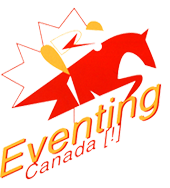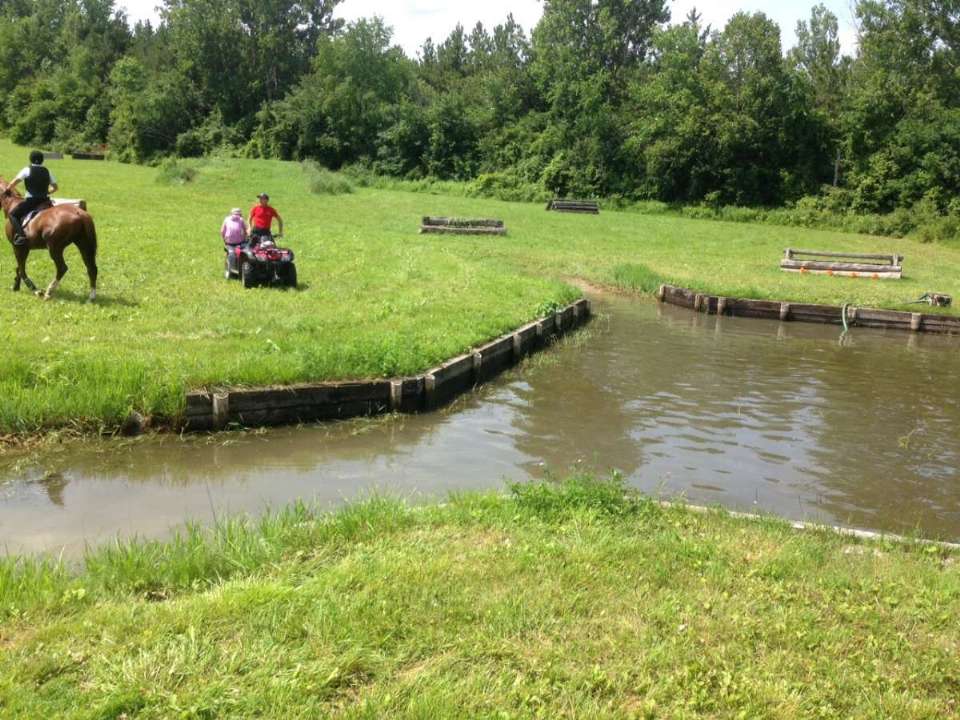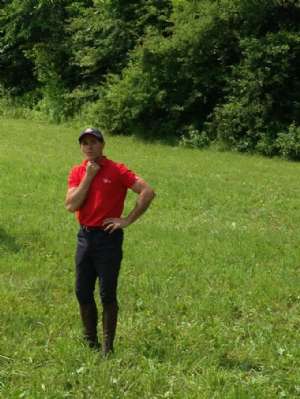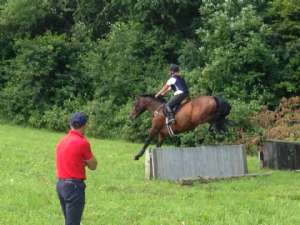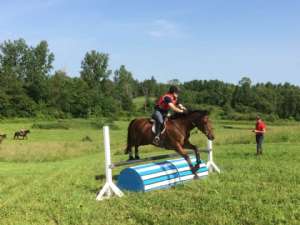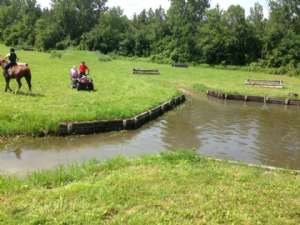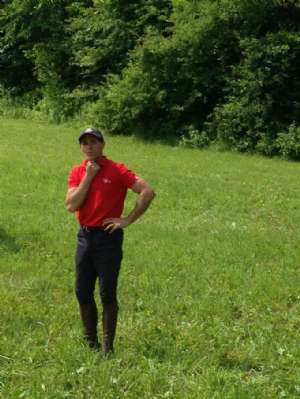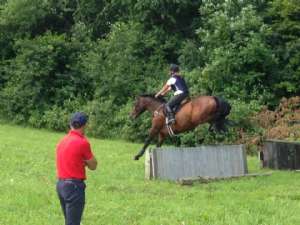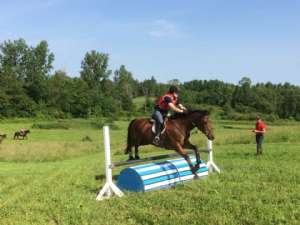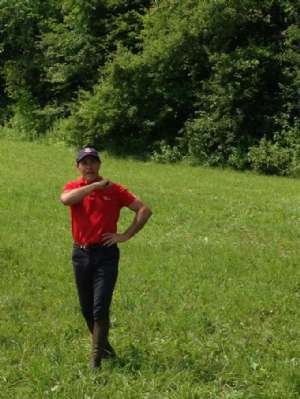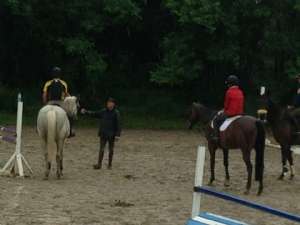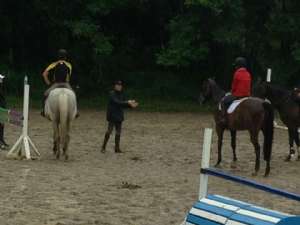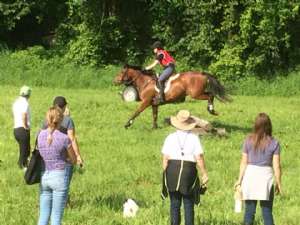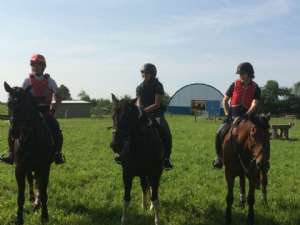Blyth Tait Clinic Report
The fundamental premise of Blyth's teaching is that you need to be able to canter. Sounds simple enough, right? In practise, he's fairly demanding in what he means by that. Have you got an independent seat and can you stay up and out of the saddle with your legs working to keep the horse going while your arms, complete with soft elbows, quietly allow the horse to get on with his job? He wants to see you ride forward into your hands and create and manage a endless rhythm. "These aren't jumping exercises", he'd say, "they're canter exercises that happen to have some jumps in the way!" So, through a series of progressive exercises he proved to us all, at every level, that if you properly own your canter, the jumps will happen.
Starting simply with some trotting poles and several strides to an X, the job was to create canter before the X. Once perfected we came the other way, in canter, and created trot before the poles.
Basic control established, we then moved on to two very small verticals on the lowest setting of blocks. They were arranged approximately on a 20m circle, but we looped around and back before and/or after to create some turning questions. Can we maintain rhythm through the turns? No speeding up before, during or after allowed. Just create the right rhythm, ride every stride and allow the jumps to happen.
Of course there are several types of canter that need to be perfected as we move onto gymnastic exercises. The "ordinary canter" sometimes needs to expand into a "going places" canter when approaching a grid of oxers with generous distances; other times it needs contained power without speed, in a "sneaky canter", like approaching skinnies or tight upright distances. So of course we practiced big oxer to skinny and in reverse. Can you move through the gears whil maintaining the canter flow? Can you get the right gear at the right time? Can you use the space you've got to do the right preparation so you don't interfere with the horse's job?
"You might think I'm obsessed with counting strides", he said, "I'm not. The number of strides you get tells me where you are in your training". So if it's supposed to be 5 and you got 6, you know you needed a more forward canter, and vice versa. The idea is to be able to flow, as the designer intended, and to know what you need to do to create the right flow for the horse you're riding today.
So on day two, when we moved out onto XC, with our perfectly organised canters, we spent less time thinking about the jumps and more time riding the inbetween bits to create what we needed. There was a lot of mini-course exercises so we could practise a lot of inbetween time. Before each exercise we talked through the whole route, agreeing what we needed to create by when. This is not quite the same as some teaching, which provides precise speeds at which to negotiate certain obstacles. This is about how to create a continuous flowing round that injects the right amount of what's needed based on each moment. We used the feedback (from our horse, the going, and of course, Blyth) from each practise trip to perfect our ride.
At home, Blyth recommends setting up low jumping exercises until you've perfected the flow, then put it straight up to competition height and come away feeling amazing. And we did! Thanks Blyth for an eye-opening two days. your insight and advice is, as always, greatly appreciated. we can't wait for next year!!
Big thanks also to the team at Pommele Acres, in cluding Arthur, Kirstie and Larry - the place looks fab and the new jumps gave us loads to play with :-)
EVENTING CANADA [!] IS A NOT-FOR-PROFIT ORGANIZATION DEDICATED TO SUPPORTING
ATHLETES AND ORGANIZERS IN THE SPORT OF EVENTING IN CANADA
ATHLETES AND ORGANIZERS IN THE SPORT OF EVENTING IN CANADA
